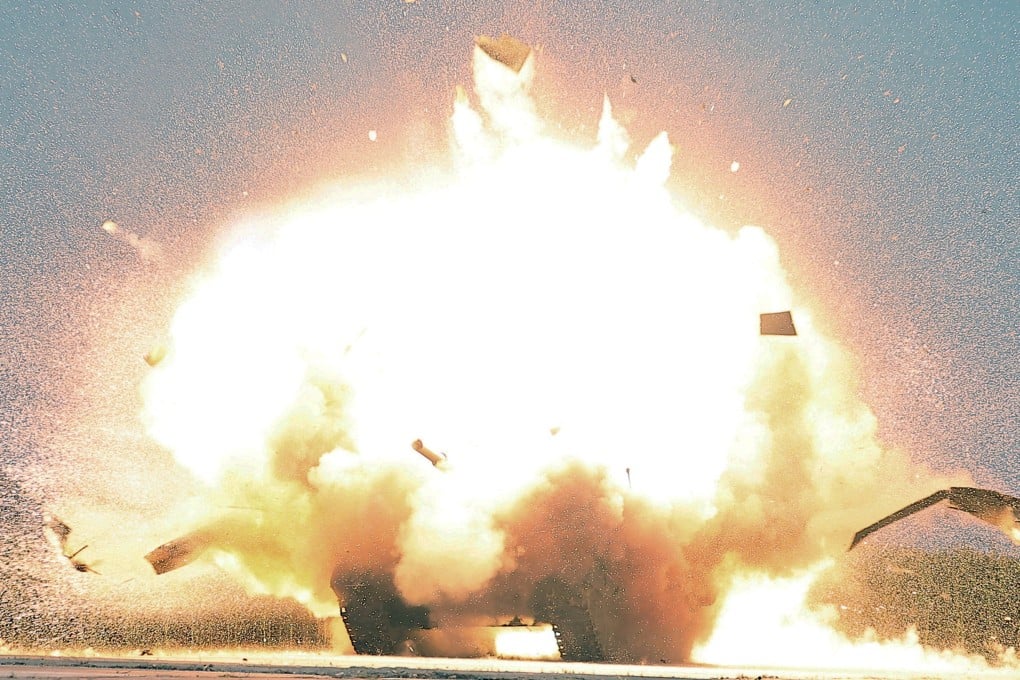North Korean leader Kim Jong Un has directed the mass production of suicide drones, reflecting their growing importance in modern warfare. Following a recent test of these drones, also known as loitering munitions, Kim emphasized their success in conflicts such as the war in Ukraine and the Middle East. State media highlighted Kim’s push to rapidly develop a production system to ensure full-scale manufacturing.
The timing of this move coincides with North Korea’s strengthening ties with Russia, raising questions about potential Russian support in advancing drone technologies.
The two countries recently formalized a strategic partnership, including a mutual defense agreement. Reports from South Korean and U.S. officials suggest North Korean soldiers have joined Russian forces in Ukraine, demonstrating a deepening military collaboration.

North Korea Accelerates Suicide Drone Production Amid Strengthening Military Ties With Russia
Kim has stressed the urgency of adapting military strategies and education to incorporate the use of drones, which are becoming key assets in contemporary conflicts. His emphasis on advancing drone capabilities shows North Korea’s intent to stay competitive in the evolving nature of warfare, where drones play a pivotal role in achieving tactical advantages.
North Korea’s drone program has also caused friction with South Korea. In previous incidents, North Korean drones have entered South Korean airspace, including sensitive areas around Seoul and the no-fly zone near the presidential office. In response, South Korea has deployed countermeasures to detect and neutralize these incursions, underscoring the growing tension over aerial threats.
The expansion of North Korea’s drone capabilities signals a strategic shift in its military priorities. By pursuing advanced technologies and deepening alliances with nations like Russia, North Korea is asserting itself as a more significant military power. This development poses new challenges for regional stability and raises concerns among neighboring countries and international stakeholders.























